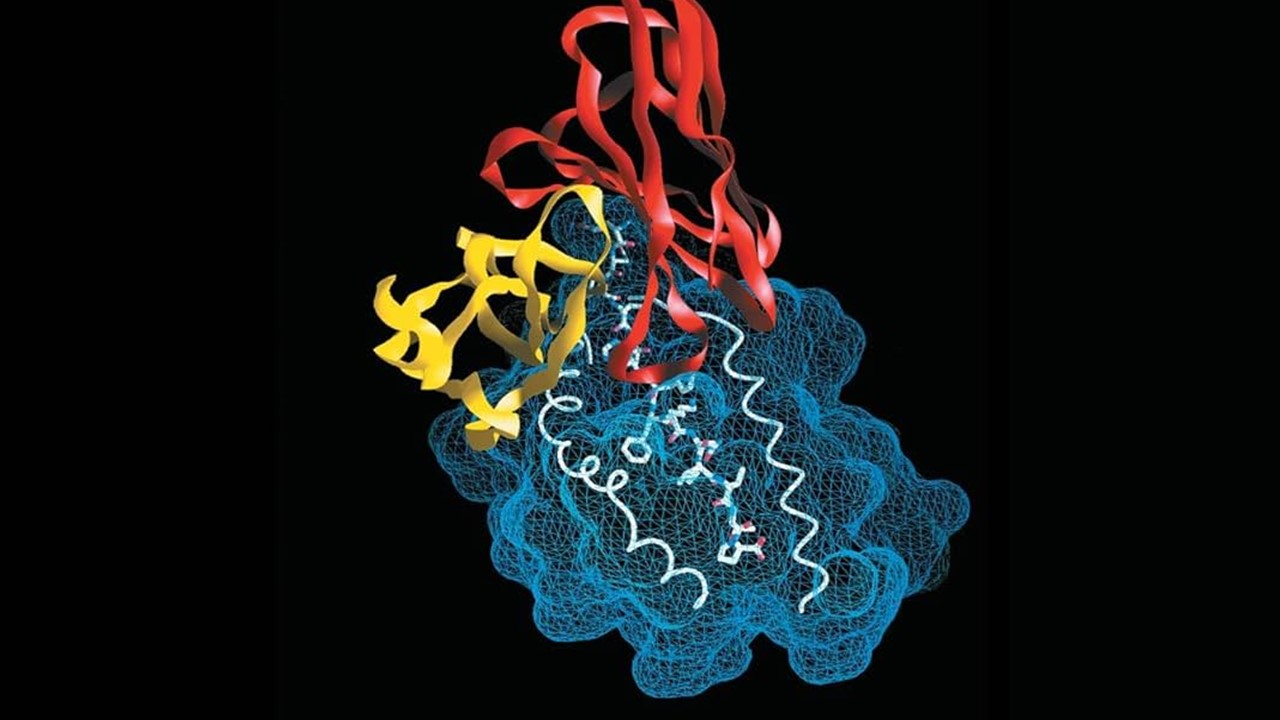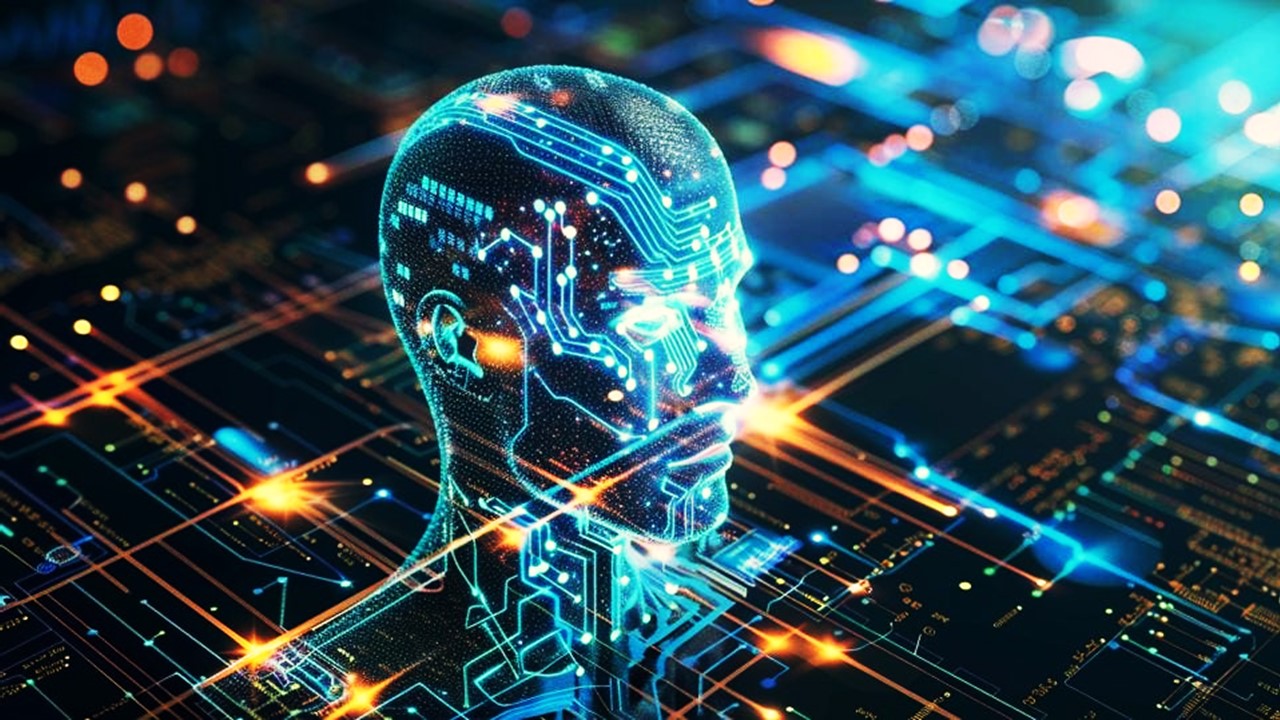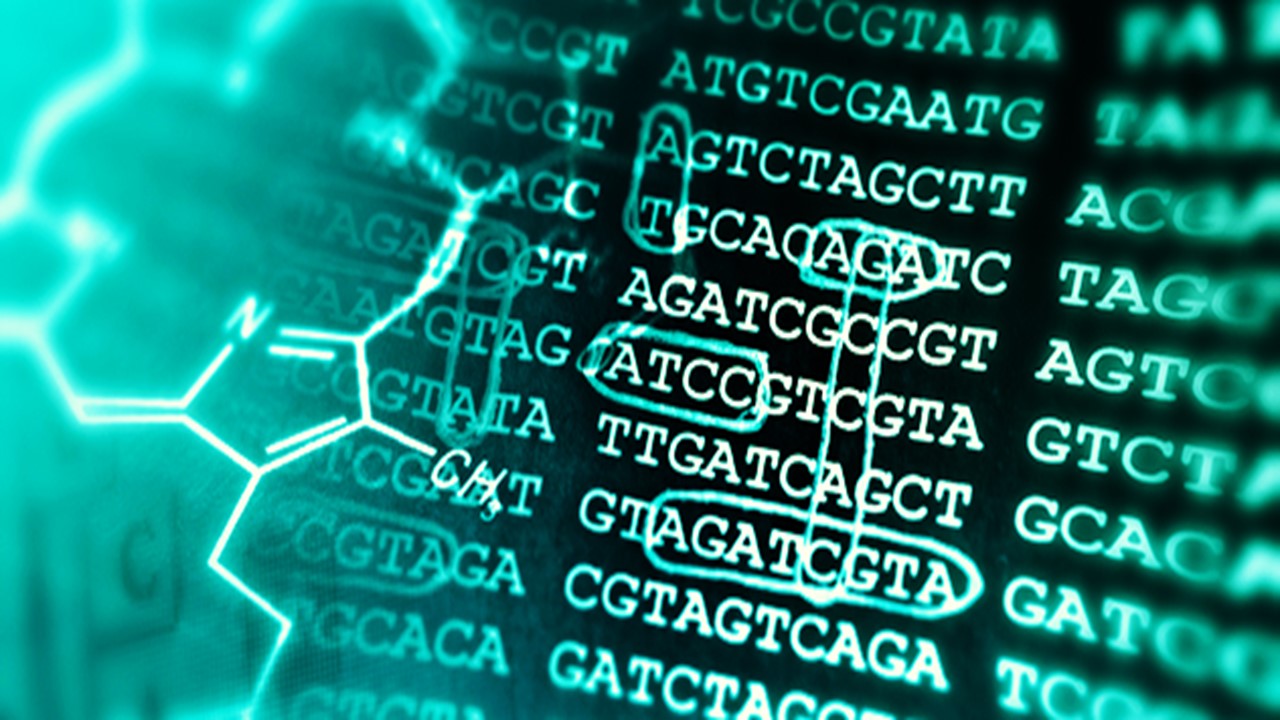Drug discovery has long been an intricate and laborious process, characterized by painstaking trial and error, high costs, and significant time investment. In traditional drug discovery, researchers relied on a combination of chemical intuition, serendipity, and vast libraries of compounds, screening them for activity against specific biological targets. The process was slow and fraught with uncertainty, often taking years to yield promising results.
Today, however, the landscape is dramatically shifting. Artificial intelligence (AI), particularly through advancements in machine learning (ML) and deep learning (DL), is revolutionizing the field, making the discovery of novel compounds, optimization of lead candidates, and even drug repurposing faster and more precise. Now, we stand at the precipice of a new era in lead discovery, where AI-driven methodologies are not only supplementing traditional approaches but fundamentally transforming them.
De Novo Drug Design: Constructing Molecules from the Ground Up
At the heart of AI’s impact lies its application in de novo drug design, a method that creates entirely new molecules with specific pharmacological properties from scratch. Historically, this was an arduous task, requiring years of synthesis and testing to arrive at a single viable candidate. However, AI has expedited this process by facilitating molecular generation, enabling the rapid design of compounds with targeted characteristics.
One notable advancement in this field comes from Yi Fang and his team, who developed the Quality Assessment-Based Drug Design (QADD) approach. QADD employs a multiobjective deep reinforcement learning framework to generate molecules that satisfy multiple desirable criteria simultaneously. This approach is particularly valuable because it balances various molecular properties, such as solubility, potency, and drug-likeness. Unlike traditional methods, which focus on a limited set of parameters, QADD generates compounds with a more holistic drug profile, pushing the boundaries of molecular design.
Nevertheless, challenges persist. A major hurdle in de novo design arises from the nature of the outputs, which are often invalid molecular structures, especially when sequence-based generation methods are employed. Recent studies have attempted to address this through post hoc error correction techniques. Leveraging transformer models—popular in natural language processing (NLP)—researchers have been able to translate the often-erroneous Simplified Molecular Input Line Entry System (SMILES) outputs into valid chemical structures. This advancement has broadened the diversity of molecules that can be explored and enhances the potential of discovering new lead compounds. In this sense, AI doesn’t just assist in drug design; it fundamentally improves the creative process.
AI in Chemical Synthesis: Bridging Design with Reality
Designing a molecule is only the first step; synthesizing it in a lab presents a whole new set of challenges. Traditionally, chemists had to manually identify optimal reaction conditions for each synthetic step, a labor-intensive and costly endeavor. AI has revolutionized this process by providing predictive models that streamline the identification of reaction pathways, reaction conditions, and even potential side reactions.
Junliang Liu and Jason E. Hein have pioneered efforts in this space, showing how AI combined with automation and real-time reaction monitoring can accelerate chemical synthesis significantly. With AI-enhanced platforms, experimental procedures become more efficient, and researchers can swiftly identify ideal conditions for synthesis. This eliminates much of the guesswork involved in traditional methods and increases reproducibility across laboratories.
Yet, despite these gains, reliance on AI-driven synthesis has its own risks. AI models can oversimplify the inherent complexity of chemical reactions, potentially leading to inaccurate predictions when faced with unusual or novel conditions. The need for human oversight remains critical, as the subtleties of organic chemistry often defy purely algorithmic solutions.
AI and Drug Repurposing: Breathing New Life into Old Drugs
Beyond the design and synthesis of novel molecules, AI is proving indispensable in the realm of drug repurposing. By leveraging vast datasets of existing drugs and biological pathways, AI can uncover previously unrecognized relationships between known compounds and new therapeutic targets. This not only accelerates the discovery process but also offers a more cost-effective solution compared to de novo drug design.
Zeng and colleagues have demonstrated this potential by developing a comprehensive knowledge graph that links millions of scientific publications. Through this, they were able to identify 41 promising drug candidates for the treatment of COVID-19. The power of AI in this context lies in its ability to sift through massive amounts of data and make connections that would be impossible for a human researcher to identify.
However, AI’s success in drug repurposing is not without obstacles. The enormous computational resources required to handle such extensive networks pose a significant barrier, particularly for smaller institutions with limited access to high-performance computing. Additionally, some approaches, such as those proposed by Yang and Agarwal, focus on the side effects of known drugs, using these adverse reactions as a springboard for identifying new uses. This raises ethical and practical concerns about the potential risks associated with repositioning drugs based on side effects, which often carry complex biological underpinnings.
Navigating the Ethical and Practical Limitations of AI in Drug Discovery
Despite the undeniable advantages AI brings to drug discovery, its integration into the pharmaceutical industry is far from flawless. One of the most pressing concerns revolves around the biases inherent in AI algorithms. These biases often stem from unrepresentative training datasets, leading to skewed predictions that may overlook certain patient populations or therapeutic areas. This is particularly troubling when AI models are used to predict drug efficacy, as biased models may inadvertently exacerbate existing health disparities.
Ethical concerns extend beyond algorithmic biases. The use of patient data to train AI models raises questions about privacy, consent, and data security. While AI promises to improve efficiency, its adoption must be guided by rigorous ethical standards that protect patient rights and ensure equitable access to the benefits of AI-driven discoveries.
Furthermore, the heavy computational requirements of modern AI techniques limit their accessibility. Institutions with fewer resources may struggle to compete in the race toward AI-powered drug discovery, potentially widening the gap between well-funded pharmaceutical giants and smaller research organizations. If AI is to truly democratize drug discovery, addressing these disparities must be a priority.
Milestones and Future Prospects: A Glimpse into the Next Frontier
The potential of AI in drug discovery has already been demonstrated through several notable achievements. In 2020, Exscientia’s AI-designed drug DSP-1181 entered human clinical trials—a groundbreaking moment for the field. Similarly, Insilico Medicine launched its own AI-discovered drug into Phase 1 trials in 2022, achieving this milestone in record time.
More recently, AbSci took a step forward by creating de novo antibodies using AI, a remarkable achievement that showcases the diverse applications of this technology. This was followed by the FDA’s historic Orphan Drug Designation for an AI-generated drug in early 2023, signaling a new era of regulatory acceptance for AI-driven pharmaceuticals.
Looking ahead, the future of AI in drug discovery is bright but contingent on overcoming its current limitations. As technologies continue to evolve, and ethical frameworks become more robust, AI has the potential to revolutionize every aspect of the drug development process—from target identification and lead discovery to clinical trials and beyond.
In this rapidly advancing field, one thing is clear: AI is not merely a tool but a transformative force that will reshape the future of medicine for generations to come.
The Path Forward
AI’s integration into drug discovery represents a paradigm shift, moving from traditional, time-consuming methods toward more efficient, data-driven approaches. While challenges remain—such as algorithmic biases, ethical concerns, and the need for substantial computational power—the potential for AI to revolutionize lead discovery, chemical synthesis, and drug repurposing is undeniable. As we move forward, the focus must be on refining these technologies within an ethical framework that ensures safety, equity, and innovation. Only then can we unlock the full promise of AI in the quest for new and better medicines.
Engr. Dex Marco Tiu Guibelondo, B.Sc. Pharm, R.Ph., B.Sc. CpE
Editor-in-Chief, PharmaFEATURES

Subscribe
to get our
LATEST NEWS
Related Posts

Medicinal Chemistry & Pharmacology
Aerogel Pharmaceutics Reimagined: How Chitosan-Based Aerogels and Hybrid Computational Models Are Reshaping Nasal Drug Delivery Systems
Simulating with precision and formulating with insight, the future of pharmacology becomes not just predictive but programmable, one cell at a time.

Medicinal Chemistry & Pharmacology
Coprocessed for Compression: Reengineering Metformin Hydrochloride with Hydroxypropyl Cellulose via Coprecipitation for Direct Compression Enhancement
In manufacturing, minimizing granulation lines, drying tunnels, and multiple milling stages reduces equipment costs, process footprint, and energy consumption.

Medicinal Chemistry & Pharmacology
Decoding Molecular Libraries: Error-Resilient Sequencing Analysis and Multidimensional Pattern Recognition
tagFinder exemplifies the convergence of computational innovation and chemical biology, offering a robust framework to navigate the complexities of DNA-encoded science
Read More Articles
Magnetic Nanoengineering: Overcoming Biological Variability and Enhancing Therapeutic Precision
The future of nanomedicine lies in harmonizing precision, accessibility, and ecological responsibility, ushering in an era where therapies are tailored to individual biological landscapes.
Trials, Triumphs, and Trials Ahead: Navigating the Landscape of Randomized Controlled Trials in Artificial Intelligence-Driven Healthcare
The adoption of artificial intelligence in clinical practice has prompted a surge in randomized controlled trials, highlighting a balance of enthusiasm and prudence.
Illuminating the Dark Genome: Uncharted Frontiers in Therapeutic Discovery
The dark genome is not a biological void but a frontier awaiting illumination.












